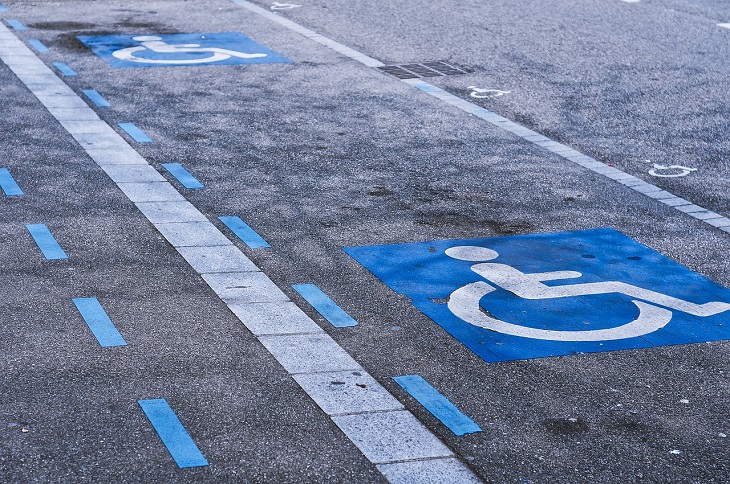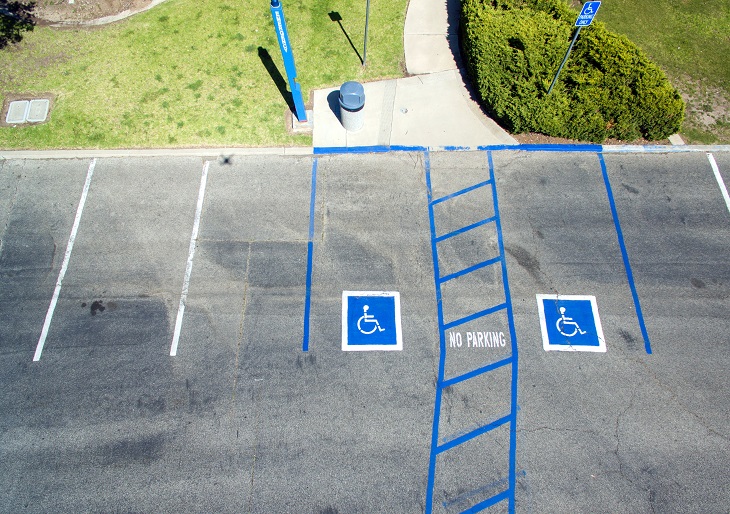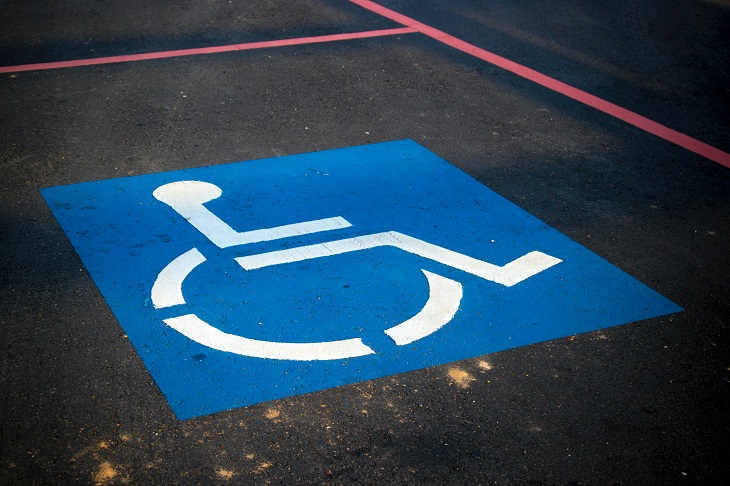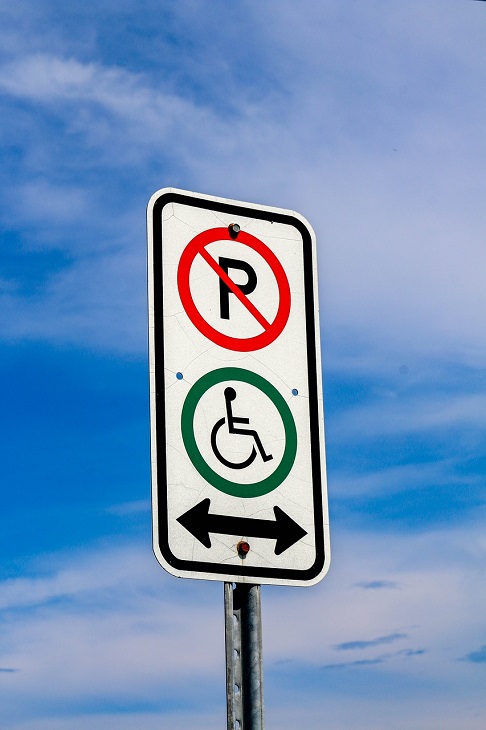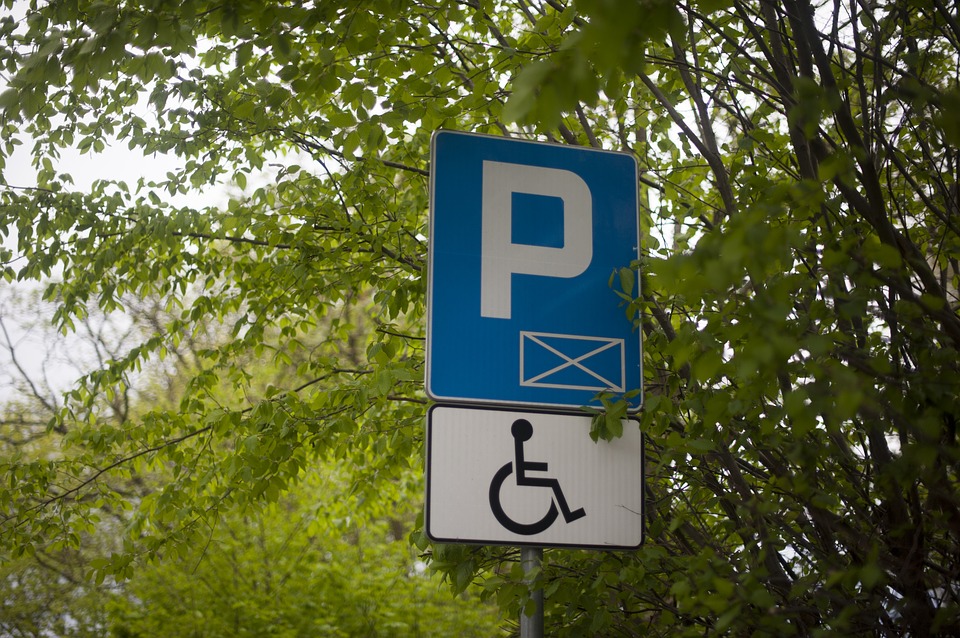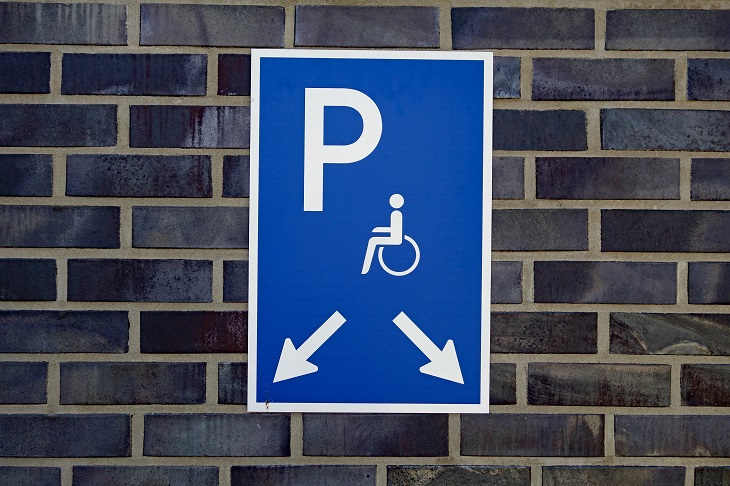Wondering how to find disability parking spots in your local area? We get you. There are few things more frustrating than driving around in circles, hoping to find a disabled parking spot on a busy day. Luckily, modern technology has come to the rescue and made finding your nearest disabled parking spot easy.
So, what are the best ways to find disabled parking in your locality? What are the best USA disability parking maps? How do you know if a spot is a disabled parking spot? And how can you request a residential disabled parking spot outside your home? Read on to find out.
What Laws Deal With Disabled Parking Space Locations?
The location and number of disabled parking spaces that must exist in any jurisdiction in the US is stipulated in the Americans with Disabilities Act (ADA). The ADA is a federal law that all US states must adhere to.
How To Find Disability Parking Spots In Your Local Area
So, what are the best ways to find disabled parking in your locality? The most effective way to find disabled spots in any locality is to use a disabled parking space map. The best USA disability parking maps are digital, meaning they’re easy to access on your smartphone and are constantly updated.
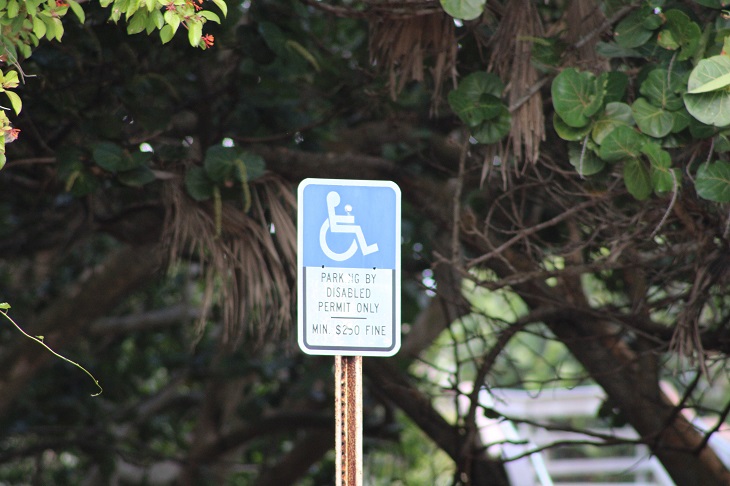
Best Apps For Finding Disability Parking Spaces
Blue Badge Parking
Blue Badge Parking is an app that allows its user to pinpoint their nearest disabled parking spaces, wherever they may be in the world. The app gives its user detailed directions to any disabled space they choose.
Blue Badge Parking is available at the App Store and Google Play.
Google Maps
Google Maps is a great source of information for disabled drivers. Users can update information about any location – for example, a disabled parking space. This information can then be seen by other users.
To update Google Maps, tap the “Your Contributions” tab and go to “Uncover Missing Info”. Here you can add the location of disabled spaces that will help you and other disabled drivers to find them when they need to.
WheelMate
WheelMate allows users to find the nearest wheelchair-friendly parking spaces and also disabled restrooms in their vicinity.
WheelMate works in 45 countries and is updated by its users, so its database of disabled spaces and restrooms is growing all the time. The app currently has over 35,000 locations.
Parking Mobility
You can make finding a disabled space easier for yourself and your fellow disabled permit holders by flagging up illegal disabled parking space usage. This helps to keep spaces free for people who really need them. An excellent app for this is Parking Mobility.
This free app allows users to photograph vehicles that are parked illegally in disabled spaces. The offending drivers are then contacted by authorities and given the chance to complete the Parking Education course instead of paying a fine.
How Do You Know If A Spot Is For Disabled Parking?
Under the ADA, all disabled parking spots in the US must be clearly marked with a signpost containing the International Symbol of Access. These parking spaces are reserved for people who are in current possession of an official disabled parking permit in their name.
Can I Request Disability Parking Locations Near Me?
You can request that a residential disabled parking space be installed near your home. You can also request that a business you work for has a disabled parking space, or extra disabled parking spaces if necessary, installed near the business. However, you cannot reserve these disabled parking spaces for yourself. Any disabled parking permit holder is entitled to park in any designated disabled parking space.
How To Apply For A Residential Parking Space
How you apply for a residential space will depend on where you live. Some places have an official Residential Disabled Parking program, while others don’t.
You can request that a residential space be installed either by applying to your jurisdiction’s Residential Disabled Parking program or, in jurisdictions that don’t have an official program, applying to your local council. Residential disabled parking spaces will be installed as near to your home as possible. They will be available for use by any person who holds a disabled parking permit.
Where Can You Park With A Disabled Parking Permit?
A disabled parking permit entitles its holder to park in any designated disabled parking space. In most jurisdictions, disabled permit holders are also entitled to park in metered, on-street, restricted parking spaces for free and for either unlimited or extended periods of time.
Permit holders are not entitled to park in places that are signposted “No Parking”. Permit holders are also not entitled to park in spaces reserved for commercial loading or emergency service vehicles.
How To Apply For A Disabled Parking Permit
To apply for a disabled parking permit, you must first have a telemedicine consultation with a medical professional. This can be arranged through the Dr. Handicap online clinic. Once your suitability for disabled parking has been certified, the medical professional will sign a DMV application and email it to you. You will then complete the application and submit it, either online or by mail, to your local disabled parking authorities.
Where Can You Use Your Disabled Parking Permit?
A disabled parking permit issued by any state is valid in the following places:
- All US states
- All US overseas territories
- Canada
- Mexico
- EU
- UK
- Japan
- Australia
- New Zealand
Featured image by Jakub Pabis on Unsplash
